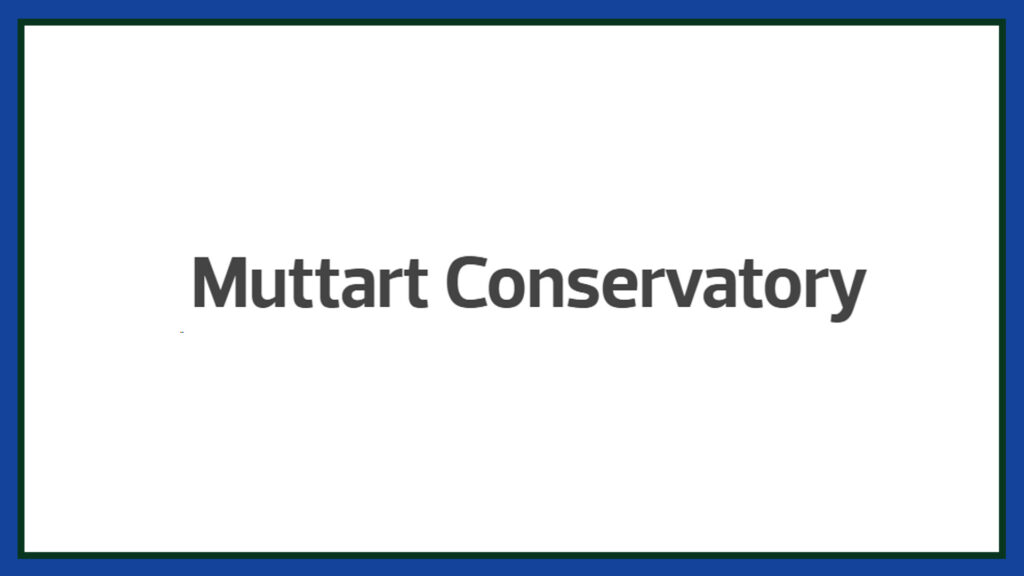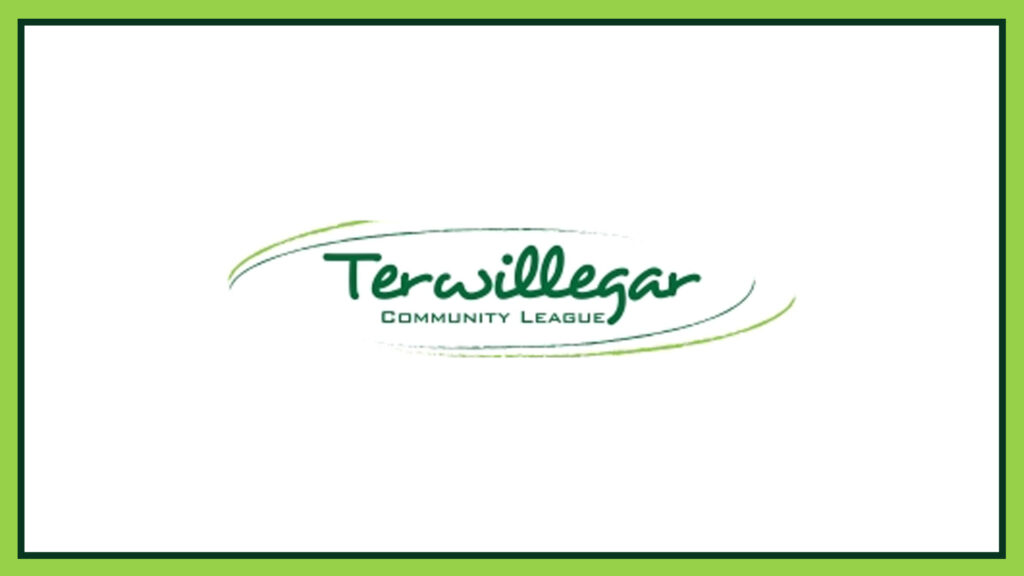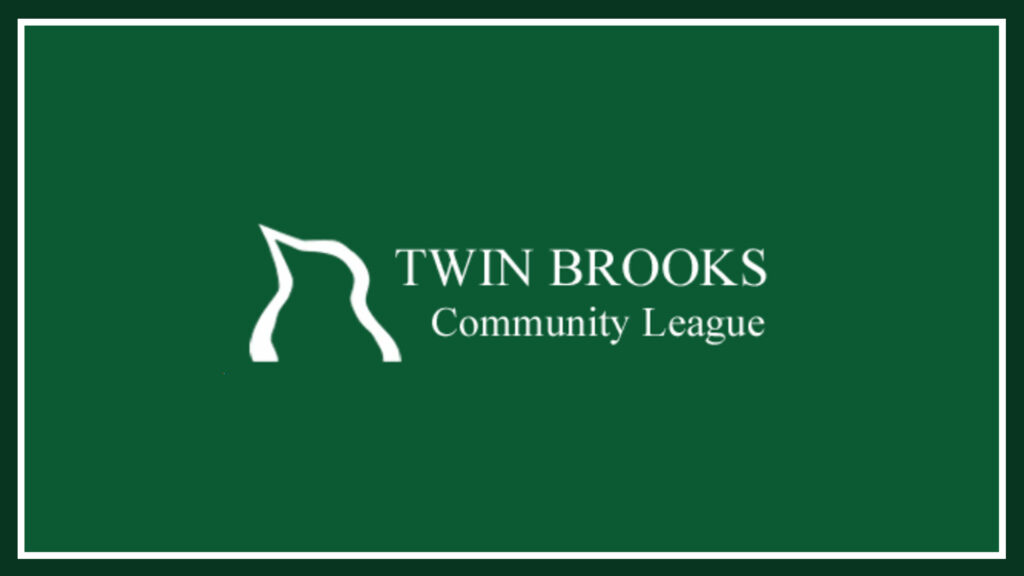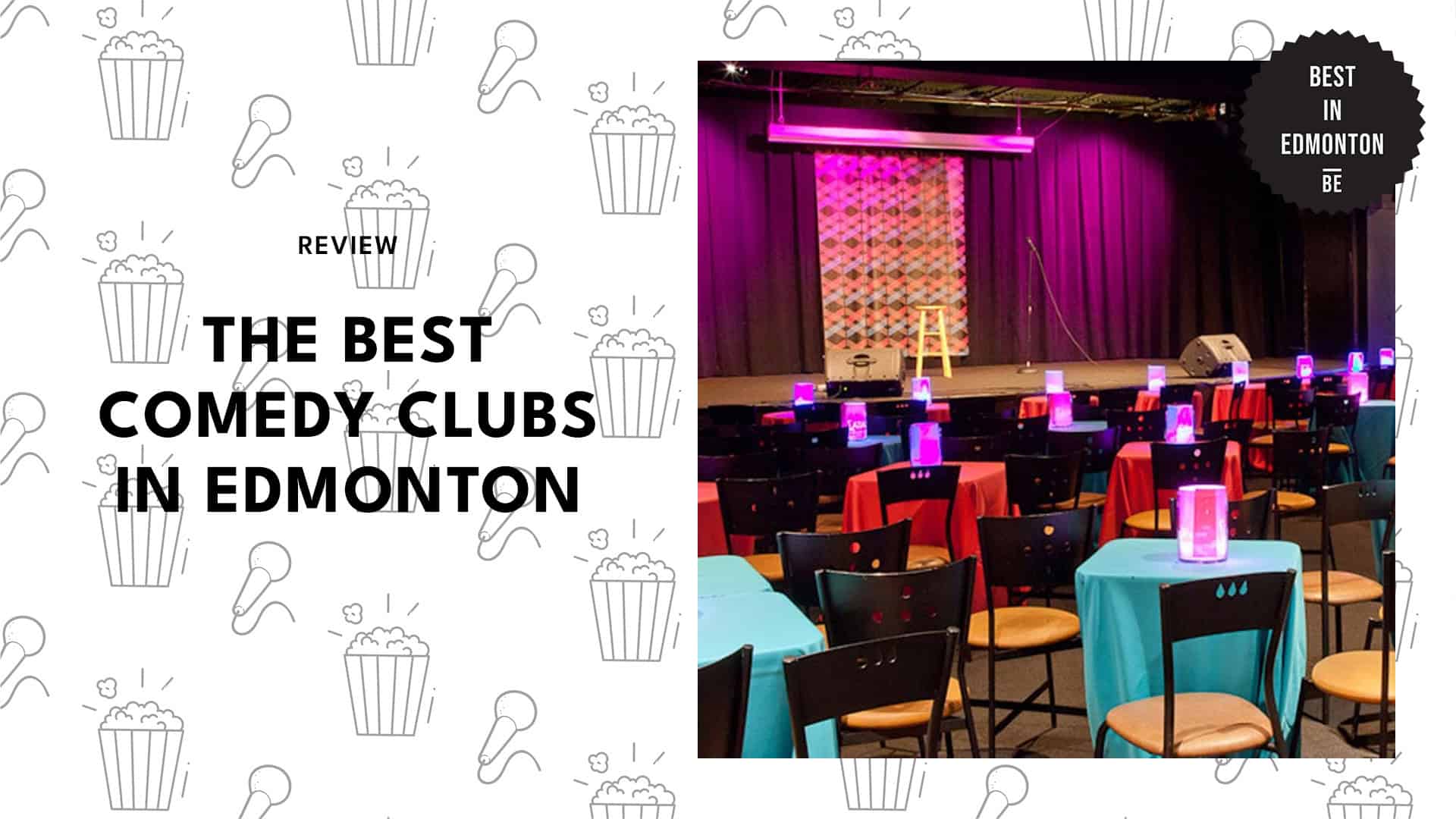If what you need is peace of mind, maybe walking through greener scenery is the best option. The best Edmonton gardens can soothe you, either by volunteering in planting, or walking through it.
We asked plenty of locals who have an interest in botany or who are hobbyist gardeners which places they considered the best gardens in Edmonton. The places they recommended to us all offer wide spaces and amazing plants.
Some of these places are accessible from stores and restaurants, so if you get tired wandering around, you can grab a quick bite too. Anyway, without further ado, here are the best Edmonton gardens.
1. University of Alberta Botanical Garden

| BEST FOR | Gardens |
| PRODUCTS | https://botanicgarden.ualberta.ca |
| WEBSITE | https://botanicgarden.ualberta.ca |
| ADDRESS | 51227 AB-60, Parkland County, AB |
| CONTACT DETAILS | 780-492-3050 | [email protected] |
| OPERATING HOURS | N/A |
First on the list of the best Edmonton gardens is University of Alberta Botanic Garden. It has different sections you may want to visit, from the Indigenous Gardens to the Japanese Kurimoto Gardens.
They also have picnics and events that you can sign up for. This place is well taken care of by several volunteers and workers. They even offer programs for gardening for children and adults alike.
Another perk is that they also offer a good place for weddings and functions: just give them a quick call to reserve a space.
Highlights
- Gardening programs
- Different types of gardens available
- Can cater to events and weddings
Customer Reviews
Find out why customers enjoy this place:
My husband and I celebrated our anniversary here and had the Twilight Picnic experience. The food was great and had an awesome bottle of wine. We arrived right at 6pm and left around 9:30pm. It gave us plenty of time to relax and enjoy our picnic and then explore all the gardens without being rushed at all. We had an amazing time enjoying the gardens, listening to the sounds of water and birds. I would highly recommend the Twilight Picnic to anyone. We even talked about returning every year to celebrate our future anniversaries. If you are contemplating booking, definitely do it!
—Nicole E, Google Reviews
Great place to wander for two hours on a sunny day. Lots of Covid19 restrictions in place directing flow of people. Some garden beds finished for the season. Next time I would go a few weeks earlier.
—C Roaquin, Google Reviews
2. Muttart Conservatory

| BEST FOR | Gardens |
| PRODUCTS | https://www.edmonton.ca/attractions_events/muttart-conservatory.aspx |
| WEBSITE | https://www.edmonton.ca/attractions_events/muttart-conservatory.aspx |
| ADDRESS | 9626 96a St NW, Edmonton, AB T6C 4L8 |
| CONTACT DETAILS | +1 780-496-8755 |
| OPERATING HOURS | N/A |
Muttart Conservatory is a gorgeous place to be, since it offers many scenic areas. Their gardens also offer sights such as glass pyramid greenhouses with tropical & arid biomes, plus events and courses.
They have around 700 species of plants in 3 climate-regulated biomes. Another perk of this place is that the cost of entrance isn’t that high, so anyone can get in and relax.
This makes them one of the best Edmonton gardens for their wonderfully curated plants and well-maintained gardens that anyone can access to.
Highlights
- Cheap entrance fees
- Photographers take take pictures
- Contains over 700 plants
Customer Reviews
Check out what makes them so loved by customers:
I love this place! Very relaxing and interesting to check out the featured exhibit. Love how they have benches inside the exhibits to sit down and take in the views. A great escape from the hustle and bustle of the city and not very expensive. The outside of the conservatory is just as beautiful as inside with a great opportunity for photographers to capture the unique look of the pyramids.
— Britanny Baisley, Google Reviews
a week ago
This is by far my favourite spot in town!! Not just the Botanical gardens itself but the surrounding area is stunning! Makes an awesome backdrop for some AMAZING pics!
—Samita, Google Reviews
3. Terwillegar Towne Community Garden

| BEST FOR | Gardens |
| PRODUCTS | https://www.terwillegar.org/community_garden.php |
| WEBSITE | https://www.terwillegar.org/community_garden.php |
| ADDRESS | Terwillegar Common NW, Edmonton, AB |
| CONTACT DETAILS | N/A |
| OPERATING HOURS |
Terwillegar Towne Community Garden is a volunteer-maintained garden for the whole community. If you’re looking for somewhere to spend your weekends, then this is a good place.
The best part is that anyone can volunteer for the upkeep of the place, from children to adults. This place strives to create and provide environmentally conscious and sustainable community gardens for everyone.
Though, before you can join, you’ll have to fill out a few forms. Their garden plot rental costs around $30 or so, by the way.
Their services to the community make them one of the best gardens in Edmonton.
Highlights
- Cash only pay
- Volunteer maintained gardens
- Wait list for volunteering
Customer Reviews
Find out why customers enjoy this place:
Well run. It’s all volunteer, so the people who organize it all deserve a lot of credit. Very popular, so there is usually a wait list each year
—Dave Hunt, Google Reviews
Very good for summer outdoor activities. Try summer 2020. Come with your kids and family.
—Azinwi Sammy, Google Reviews
4. Twin Brooks Community Garden

| BEST FOR | Gardens |
| PRODUCTS | http://www.twinbrooks.ca/community_garden.html |
| WEBSITE | http://www.twinbrooks.ca/community_garden.html |
| ADDRESS | 1535 Twin Brooks Way NW, Edmonton, AB T6J 7E1, Canada |
| CONTACT DETAILS | 1 778-381-8337 | [email protected] |
| OPERATING HOURS |
As one of the best gardens in Edmonton, Twin Brooks Community Garden is divided into differently sized-plots and is taken care of by multiple volunteer gardeners.
They cater to every resident who wants to have a mini garden of his own. But you’ll have to reserve a plot, in case you want to start gardening.
For those who want to stay and hang out, there are different bike lanes, play areas, and trails you can walk by.
Overall, this is a good place to either take care of plants, or just relax. Their accommodating atmosphere and well-cared-for plants make them the one of the best Edmonton gardens.
Highlights
- Plot size options
- Play area for kids available
- Bike trails available
Customer Reviews
Take a look at what people are saying about their service:
I have mixed feelings about writing this review, as I love this spot to hang out and have alone time at. Although I don’t want too many people stealing “my” spot, I really do love it here. Especially during the summer, it is beautiful, and there are tables to hang out at, and paths that lead to the ravine..
—Ashleigh Henkel, Google Reviews
Quiet little park with many benches and a nice picnic area. Walked my dogs here – nice paths but there’s always some idiot that doesn’t pick up after their dog – I bring extra bags and try to keep things clean..
—Nilz Kumeezy, Google Reviews
5. Green and Gold Community Garden

| BEST FOR | Gardens |
| PRODUCTS | https://www.greengoldgarden.com/ |
| WEBSITE | https://www.greengoldgarden.com/ |
| ADDRESS | 118 St NW, Edmonton, AB T6H 2V8 |
| CONTACT DETAILS | +1 780-492-4087 |
| OPERATING HOURS |
Some may think calling Green and Gold Community Garden a garden is a bit of a stretch. To most, they’re more of a farmer’s market that sells produce as well as offers volunteer planting.
Still, they’re a pretty picturesque location for those seeking somewhere green to visit. They focus heavily in organic gardening and even sell their produce twice a week.
The proceeds go to the Tubahumurize Association in Rwanda. So, if you want to contribute to charity and buy organically grown food, then this is the place to go for your weekly groceries.
With a nicely maintained gardening area and fair prices, they’re one of the best Edmonton gardens that offer both volunteer gardening and organic produce.
Highlights
- Produce available
- Volunteer gardening
- Massive variety of picks
Customer Reviews
Take a look at what people are saying about their service:
Great place to get some fresh veggies and fruits off the farm Saturday mornings! They also grow flowers. Very reasonable prices to shop local and organic produce.
—Ahmad Tavakoli, Testimonials
This is a wonderful place to go. You’ll stay way longer than you planned. But really inexpensive good food right from the earth. And the (volunteer) staff are so knowledgeable and giving and friendly.ar
—brad madill, Testimonials
6. Chinese Garden

| BEST FOR | Gardens |
| PRODUCTS | Fundraisers through tournaments and activities |
| WEBSITE | https://www.ecgs.ca/ |
| ADDRESS | 9649 – 105A Ave. Edmonton, AB T5H 0M3 |
| CONTACT DETAILS | [email protected] |
| OPERATING HOURS | Contact their email address for more information. |
Edmonton Chinese Garden Society aims to preserve and maintain the Chinese Garden located in Louise McKinney Park in Edmonton. To maintain this garden, the members organize fundraising events done through different activities such as golf tournaments, campaigns, sponsorships, etc.
For more information regarding their activities, you may visit their website https://www.ecgs.ca/, or you may contact them through their email address.
Highlights
- Golf tournament
- Daily Announcements
- Blogs
And our list of the best Edmonton gardens comes to a close. Whether you want to calmly walk through nature or establish a small garden around the neighborhood, you’ll enjoy hanging out at these places during the weekends.
We hope these picks help you find a good garden for sightseeing or planting. Are there any other great options that we missed, though? Send us a message and we’ll update the article promptly.
And if you’re also looking for a service to provide you with a ready-made gorgeous garden, try our list of the best landscaping companies in Edmonton too!







